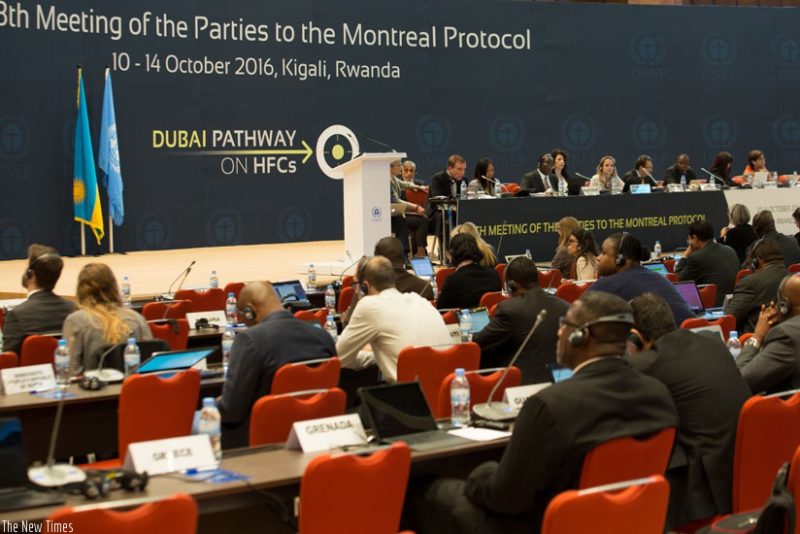Parties to the ozone agreement gathered for one-day meeting to decide on replenishing funds for implementing the agreement during 2021, and the first part of an open-ended working group meeting focused on guidance to the Technology and Economic Assessment Panel (TEAP) Replenishment Task Force. The TEAP is an advisory body that provides technical information to support parties’ decision-making.

The extraordinary meeting of the Parties to the Montreal Protocol on Substances that Deplete the Ozone Layer (ExMOP4) convened online on May 21, 2021 to ensure donor countries could make payments to the Multilateral Fund for Implementation of the Montreal Protocol (MLF) within the fiscal year. The MLF assists developing countries with implementation of their obligations under the Protocol.
The Earth Negotiations Bulletin reports that “discussions were swift, with many parties emphasising the importance of funding for implementation of the Montreal Protocol, and parties adopted a decision on this issue and closed the meeting within 90 minutes.”
Delegates then held a two-day series of discussions on scope and content of guidance to the TEAP Replenishment Task Force on further work on its replenishment report.
According to ENB, this report will provide important information to parties when they undertake negotiations on replenishment of the Multilateral Fund later in 2021. Discussions at OEWG 43 sought to determine what information would best serve parties as they negotiate and how much work could realistically be carried out by the TEAP members ahead of these negotiations. They needed to determine whether the report needed to be updated or supplemented with a new report.
On this item, reaching agreement was more challenging: “Despite efforts to achieve a compromise on possible elements of guidance to the TEAP, parties were only able to agree on an updated report, rather than a more comprehensive supplemental report.”
The second part of OEWG 43 is scheduled for July 2021, when delegates will discuss two technical issues: energy efficiency and unexpected emissions of the ozone-depleting substance CFC-11.
